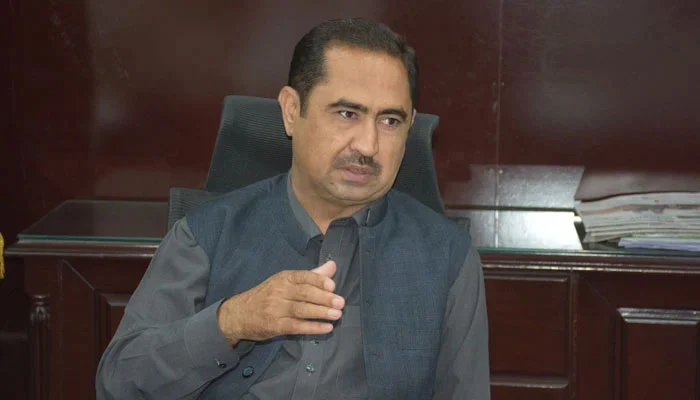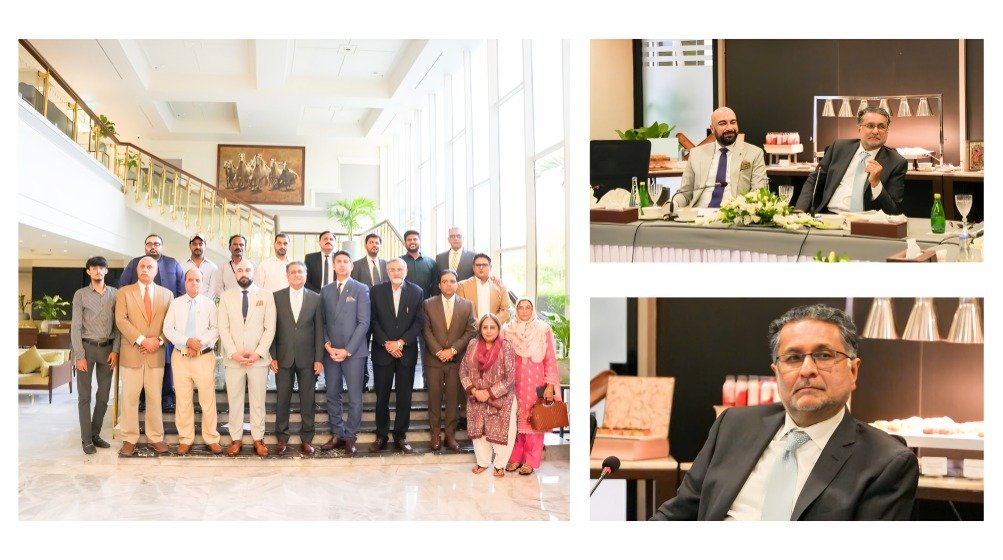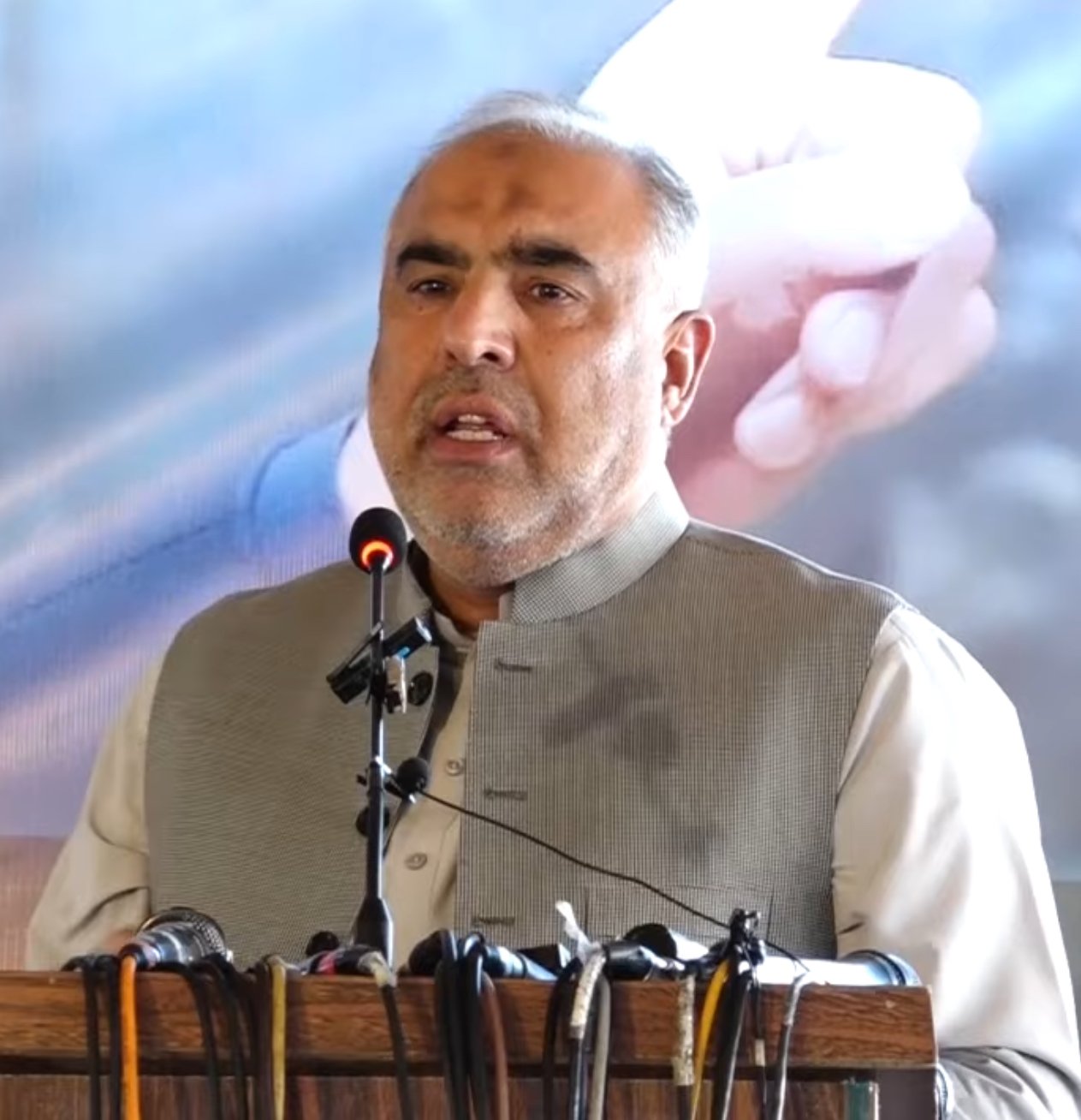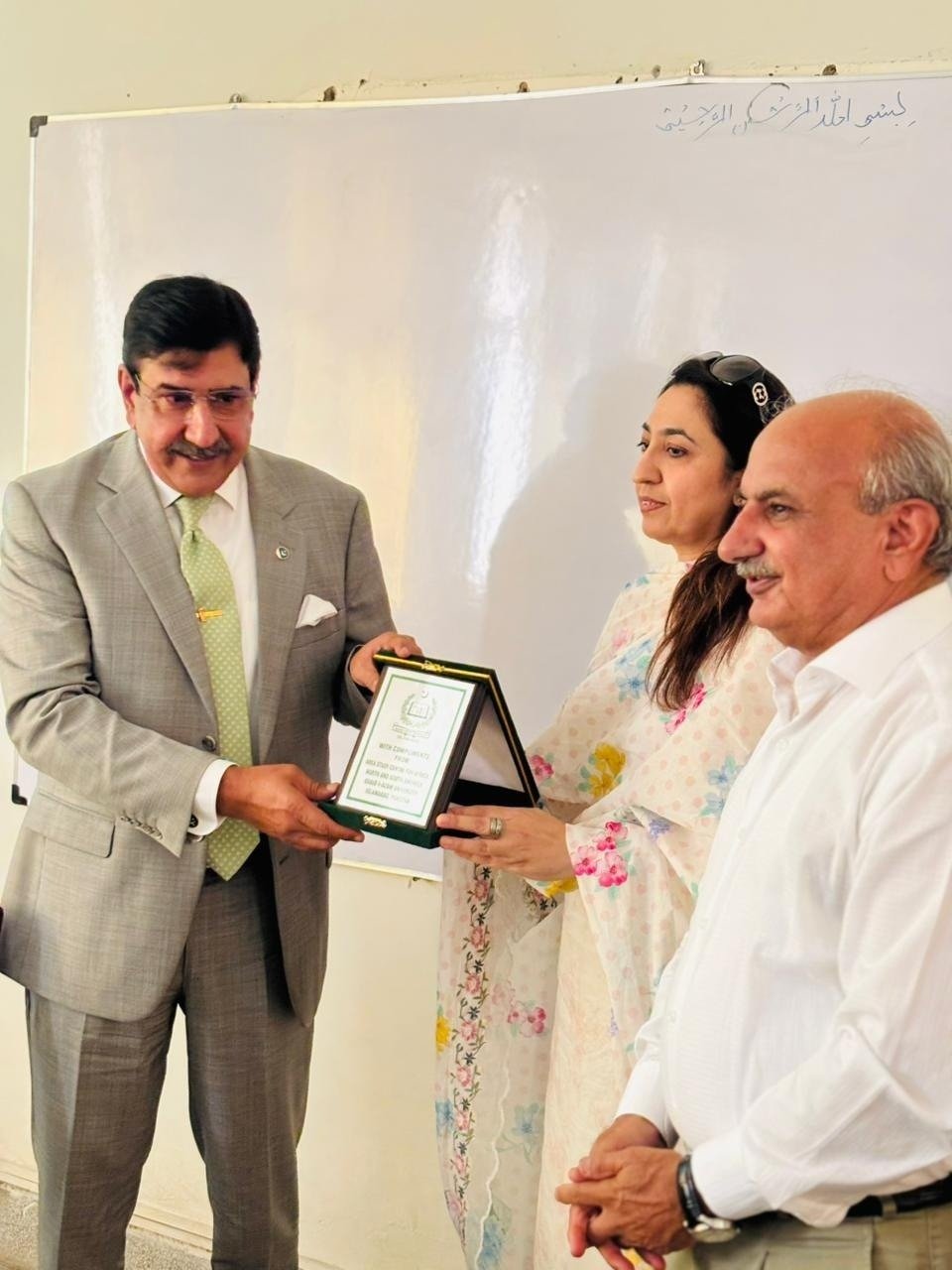Agriculture sector is indispensable to Pakistan’s economic growth and food security. This sector during 2022-23 achieved only a 1.55% growth rate. 2022 floods resulted in loss of 1.7 million acres of farmland and 30 billion USD. Food inflation in Pakistan reached 48.65 percent in May 2023.
GPI was launched in July 2023 to Expand cultivable land, optimize land use, minimize water loses, increase productivity, and attract foreign investment.
Out of 79.6 million, 24.1 million acre land is cultivated in Pakistan. 4.8 million acre of land was identified for expansion. To address the issue pertaining to provision of water Government embarked on completion/ construction of six strategic canals on a fast-track basis by the year 2030. Cholistan Canal, completion by 2027, will irrigate 1.2 million acre of land in Greater Cholistan. Rainee Canal Phase-2, after completion by the end of 2027, will irrigate 0.4 million acre land in Nara Region. Greater Thal Canal will irrigate 1.5 million acres of land in Thal Doab region, when completed in 2028. Thar Canal, as an escape channel for the Rainee Canal, to be operated during high floods, will irrigate 0.3 million acre land in Ghotki, Sakkur , Khairpur, Sanghar and Mirpur Khas when completed by the end of 2028. Chashma Right Bank with its completion planned by the end of 2028 will irrigate 0.3 Million acre land in KPK and Punjab. Lastly, Kachi Canal will be completed by 2030 to irrigate 0.7 million acres of land in Punjab and Balochistan.
As Flagship project of GPI, Government of Punjab leased 0.7 million acres of barren land between Bahawalnagar and Bahawalpur Districts, housing poverty stricken 0.185 million people, dependent on transhumant economics. The land is fertile and is suitable for thriving agriculture with provision of irrigation water through Cholistan Canal, when completed in 2027. This project involves upgradation of RQLC, QBLC, BSLC and construction of 176 km Cholistan canal, conveying 4,120 cusecs of water from Suleimanki Barrage to Fort Abbas. It would be a flood-fed channel operating from July to October catering for flood waters. Remaining will be adjusted from Punjab’s own share. Technical Feasibility Study of the project has been updated, accordingly. IRSA has granted NOC with 4:1 majority, considering all aspects.
Currently, Pakistan uses 61 MAF out of 145 MAF water from Indus River System, losing 30 MAF to sea and remaining to percolation and evaporation. This waste will be offset by development of these six Canals. Another 6.4 MAF water from Diamer Bhasha Dam will be distributed as per share of the provinces. Punjab and Sindh will have 2.36 MAF each.
National Water Policy 2018 declared “Water Emergency” calling for implementation of Water Apportionment Accord (WAA) of 1991 and development of water resources on “War Footing”. As per Clause 8 of WAA 1991, provinces can undertake new projects within their agreed share.
Advanced telemetry system would be installed on these canals, bringing accuracy in the monitoring. These projects will transform waste land into irrigated agricultural land and will enhance agricultural productivity, triggering income generation and creating employment opportunities. Improved communication infrastructure will give market access and this holistic approach will ensure environmental sustainability and resilience against climate change. The large-scale corporate farming, using HEIS will result in higher yields, helping Pakistan saving Billions of Rupees in agricultural imports and play its role in strengthening Pakistan’s food security.









